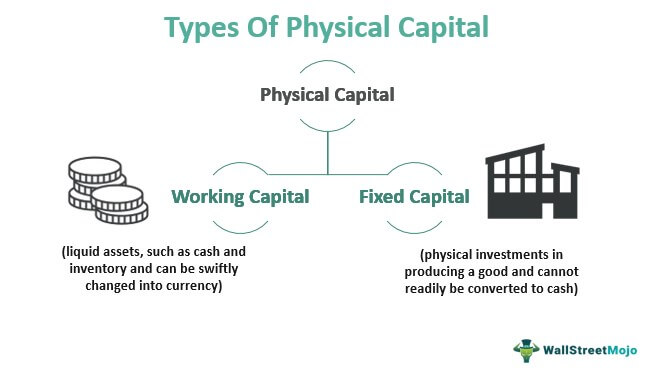How to calculate physical capital per worker

In the realm of economics, physical capital per worker is a crucial indicator used to measure the efficiency of labor and productivity within an economy. This metric examines how much physical capital is available to the workforce and enables economic analysts and policymakers to make informed decisions on factors such as wealth distribution, income inequality, and economic growth. To better understand how to calculate physical capital per worker, this article will break down the process step-by-step.
Step 1: Understand the concept of physical capital
Physical capital refers to tangible assets used in the production process, such as machinery, buildings, and vehicles. These assets play a role in generating wealth for an economy because they contribute towards increased production capacity and overall productivity.
Step 2: Gather necessary data
To calculate physical capital per worker, you’ll need information on the total amount of physical capital within an economy as well as the total number of workers.
1. Total Physical Capital (K): In most cases, this figure can be obtained from national statistical agencies or organizations such as the World Bank.
2. Total Number of Workers (L): Acquire data on the total workforce within an economy – often available through government sources or labor force surveys.
Step 3: Calculate Physical Capital per Worker
Once you have obtained necessary data, use the following formula to calculate physical capital per worker:
Physical Capital per Worker = Total Physical Capital (K) / Total Number of Workers (L)
For example: If a country has $100 million worth of total physical capital and a total of 1000 workers, then,
Physical Capital per Worker = $100 million / 1000
= $100,000
This calculation reveals that each worker in this hypothetical economy would have access to $100,000 worth of physical capital.
Step 4: Analyze your findings
After calculating physical capital per worker for a specific region or nation, you can analyze that data to assess economic health. Comparing this figure to those of other countries or tracking changes over time can provide valuable insights into factors such as technological advancements, labor efficiency, and foreign investment. In general, a high physical capital per worker ratio indicates an economy with a robust production infrastructure, which often translates to greater economic stability.
By mastering the process of calculating physical capital per worker, you’ll be better equipped to analyze economic growth and make more informed decisions based on data-driven insights. This kind of understanding not only benefits those involved in making economic policy but also aids investors, business owners, and anyone with a stake in the global economy.






